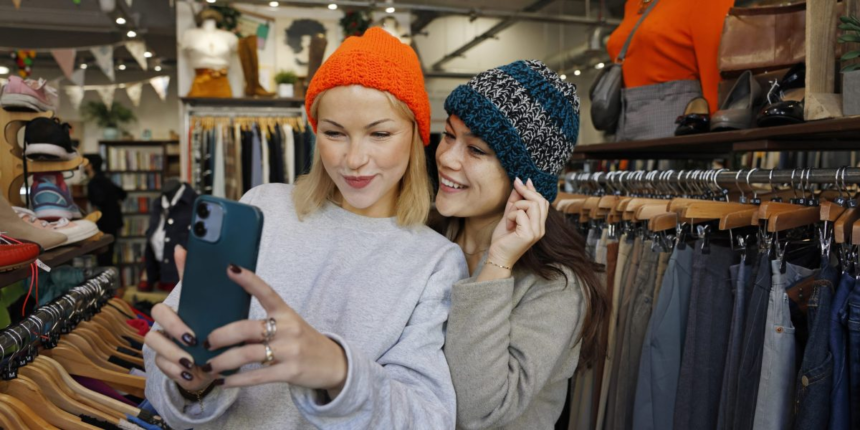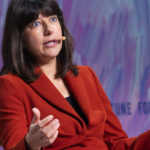Retail sales rose 0.5% last month, a slowdown from a revised 0.9% in June, which was revised upward, according to the Commerce Department’s report released Friday. The pace in July matched economists’ estimates.
The increases followed two consecutive months of spending declines — a 0.1% pullback in April and a 0.9% slowdown in May.
Excluding auto sales, which have been volatile since Trump imposed tariffs on many foreign-made cares, retail sales rose 0.3%.
Auto sales rose 1.6%. They appear to have returned roughly to normalized spending after a surge in March and April as Americans attempted to get ahead of Trump’s 25% duty on imported cars and parts and then a slump after that, according to Samuel Tombs, chief U.S. Economist at Pantheon Macroeconomics.
The data showed solid spending across many retail sectors. Business at clothing stores was up 0.7% while online retailers saw a 0.8% increase. Business at home furnishings and furniture stores rose 1.4%.
However, at electronics stores, sales were down 0.6%. And business at restaurants, the lone services component within the Census Bureau report and a barometer of discretionary spending, fell 0.4%, however as shoppers are focusing on eating at home to save money.
Still spending appears to be holding up even as Trump’s tariff are resulting in a slowdown in hiring and rising prices for shoppers.
Consumer prices rose 2.7% in July from a year earlier, the same as the previous month and up from a post-pandemic low of 2.3% in April. Excluding the volatile food and energy categories, core prices rose 3.1%, up from 2.9% in June. Both figures are above the Federal Reserve’s 2% target.
On a monthly basis, prices rose 0.2% in July, down from 0.3% the previous month, while core prices ticked up 0.3%, a bit faster than the 0.2% in June.
Many businesses are also likely still absorbing much of the cost of the duties. The consumer price figures likely reflect some impact from the 10% universal tariff Trump imposed in April, as well as higher duties on countries such as China and Canada.
The Labor Department reported Thursday that its producer price index — which measures inflation before it hits consumers— rose 0.9% last month from June, biggest jump in more than three years. Compared with a year earlier, wholesale prices rose 3.3%. The figures were much higher than economists had expected.
Warby Parker has been shifting production away from China, where it plans to bring the percentage of all cost of goods sold by year-end under 15%. But it’s also having to deal with higher tariffs costs in other countries.
Warby Parker told analysts last Thursday that it plans to keep its $95 option. But it’s increasing prices on select lens types. It also wants to cater more to older shoppers who need more expensive progressive lens. Warby Parker said that progressives, trifocals and bifocals make up roughly 40% of all prescription units sold industrywide. But just 23% of Warby Parker’s business now is made up of progressives. Company executives said progressives are its highest priced offering and offer the highest profit margins.
“We were able to quickly roll out select strategic price increases that have benefited our growth,” Neil Blumenthal, co-chairman and co-founder and co-CEO of Warby Parker, told analysts last week.









